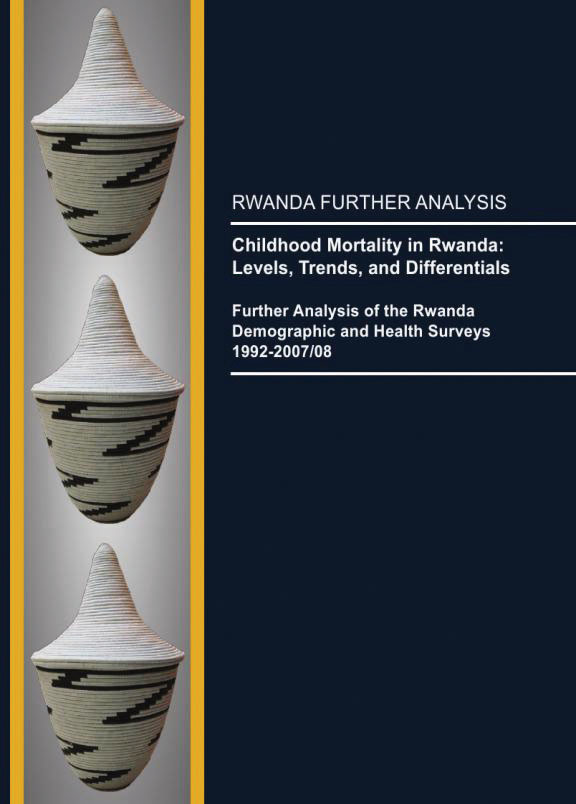
Abstract:
Infant mortality rates (IMR) and under-five mortality rates (U5MR) are sensitive indicators of population and child health; and under-five mortality is one of the Millennium Development Goals (MDGs). IMR and U5MR have declined globally, but the degree of progress varies from country to country. Rwanda is a country where there is evidence of substantial decline in childhood mortality. This study analyzes the effects of several socio-demographic characteristics of children, mothers and households, as well as health and health care indicators on childhood mortality in Rwanda using data from the Rwanda Demographic and Health Surveys implemented in 1992, 2000, 2005, and 2007-08. The data are analyzed using synthetic cohort life tables and survival analysis methods.
The analysis shows that multiplicity of birth, birth interval, antenatal care by a health professional, delivery by a health care professional, full immunization of children, mother's education, and urban/rural residence account for 52 percent of the overall decline in infant mortality between 2005 and 2007-08. During the same period, multiplicity of birth, birth interval, antenatal care by a health professional, delivery by a health care professional, full immunization of children, mother's education, mother's use of contraception, and household possession of a mosquito net account for 97 percent of the overall decline in under-five mortality. It is evident from this analysis that full immunization, contraceptive use, mosquito net distribution and professional health assistance at delivery should continue to be increased.
 Childhood Mortality in Rwanda: Levels, Trends, and Differentials (PDF, 1054K)
Childhood Mortality in Rwanda: Levels, Trends, and Differentials (PDF, 1054K)
